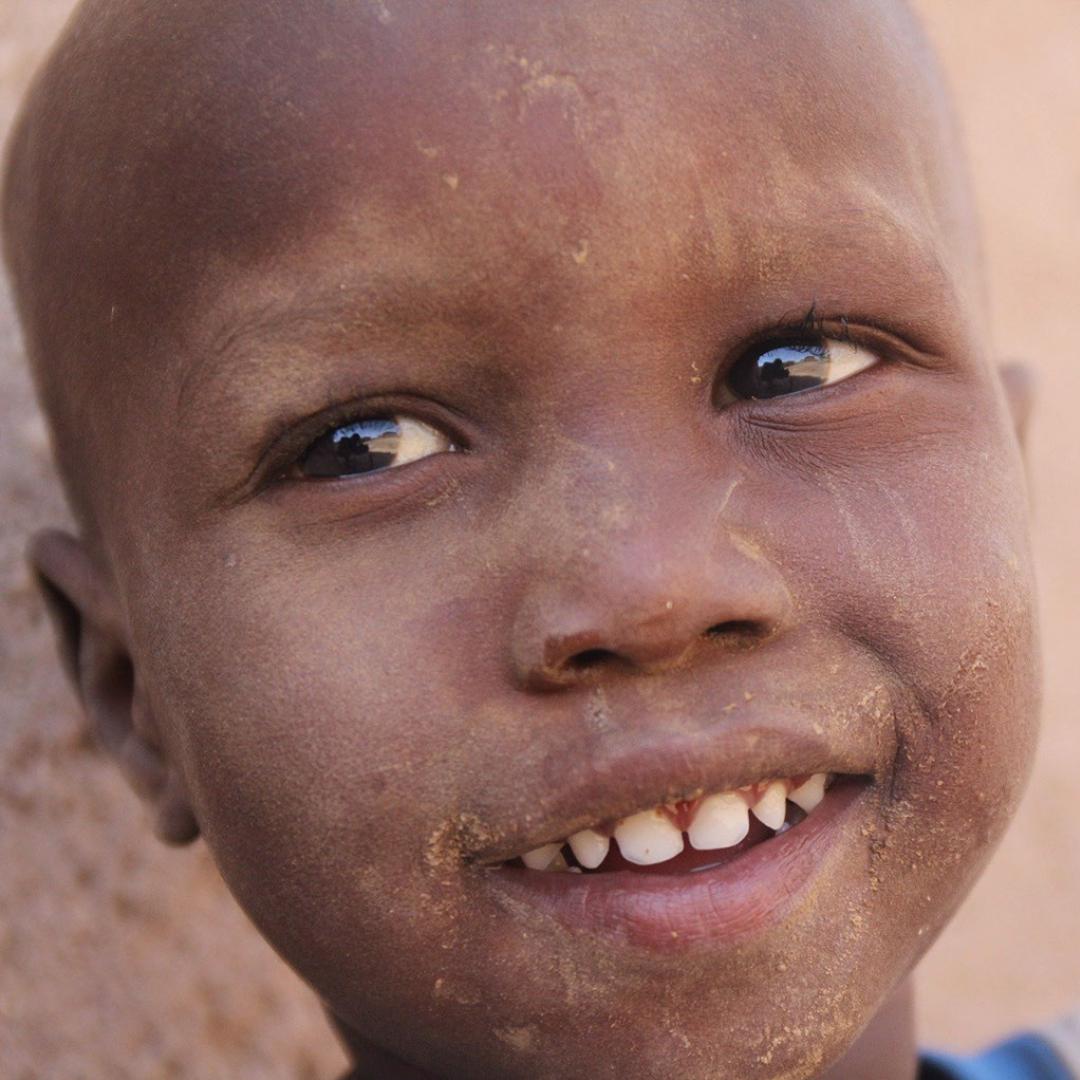Malaria is the number one health threat transmitted by mosquitoes and continues to be one of the world’s biggest public health challenges!
The WHO has just recently stated that “death related malaria cases in Africa could more than double” this year whereas the Malaria Consortium has reported a “rising tide of global dengue” stating that dengue is expected to overtake malaria.
The climate is changing and every 5 to 6 years there is a surge in floods, torrential rains, hurricanes in turn causing landslides, inundations and affecting millions of people on a global scale. The rainfall patterns caused by these climate changes are known to increase mosquito breading and cause outbreaks in malaria and other vector borne diseases such as dengue, zika, yellow fever, Leishmaniasis, and the likes.
Malaria is primarily predominant in Sub-Saharan Africa, where one can see the detrimental environmental legacy of these climate outbursts causing damage to resources, infrastructure, sanitation, ultimately forcing people to flee their habitat in search of salvation elsewhere.
Malaria is fierce, relentless and endemic keeping half of the sub-Saharan population hostage and at risk of succumbing, whilst causing approximately 300 to 500 million cases and subsequent deaths of up to 2,5 million every year, all of which could have been prevented, if addressed in due time.

Valuable scientific research has proven that the use of LLINs has reduced these malaria cases with as much as 70%.
Yet malaria cases and mortality are expected to rise this year, due to disruptions in the vital access to health services and in the delivery of primordial malaria solutions/commodities.
Luckily, over 200 million LLIN’s are on track to be distributed this year across 30 nations, primarily in Sub-Saharan Africa, which accounts for 90% of the global malaria burden.
More than ever it is important to re-invigorate global efforts towards a malaria-free world, uphold malaria initiatives, to ensure the continuity of health services and to be attentive to vector borne diseases, which is why we have designed Reliefnet LLIN for the exact purpose of saving lives and as many as possible.
There is a need for new approaches and new technologies on a global scale in the fight against vector borne diseases, which explains why we have foreseen Reliefnet with an innovative and unique control released technology, that ensures maximum effectiveness for 5 years, thus saving a maximum of lives.
